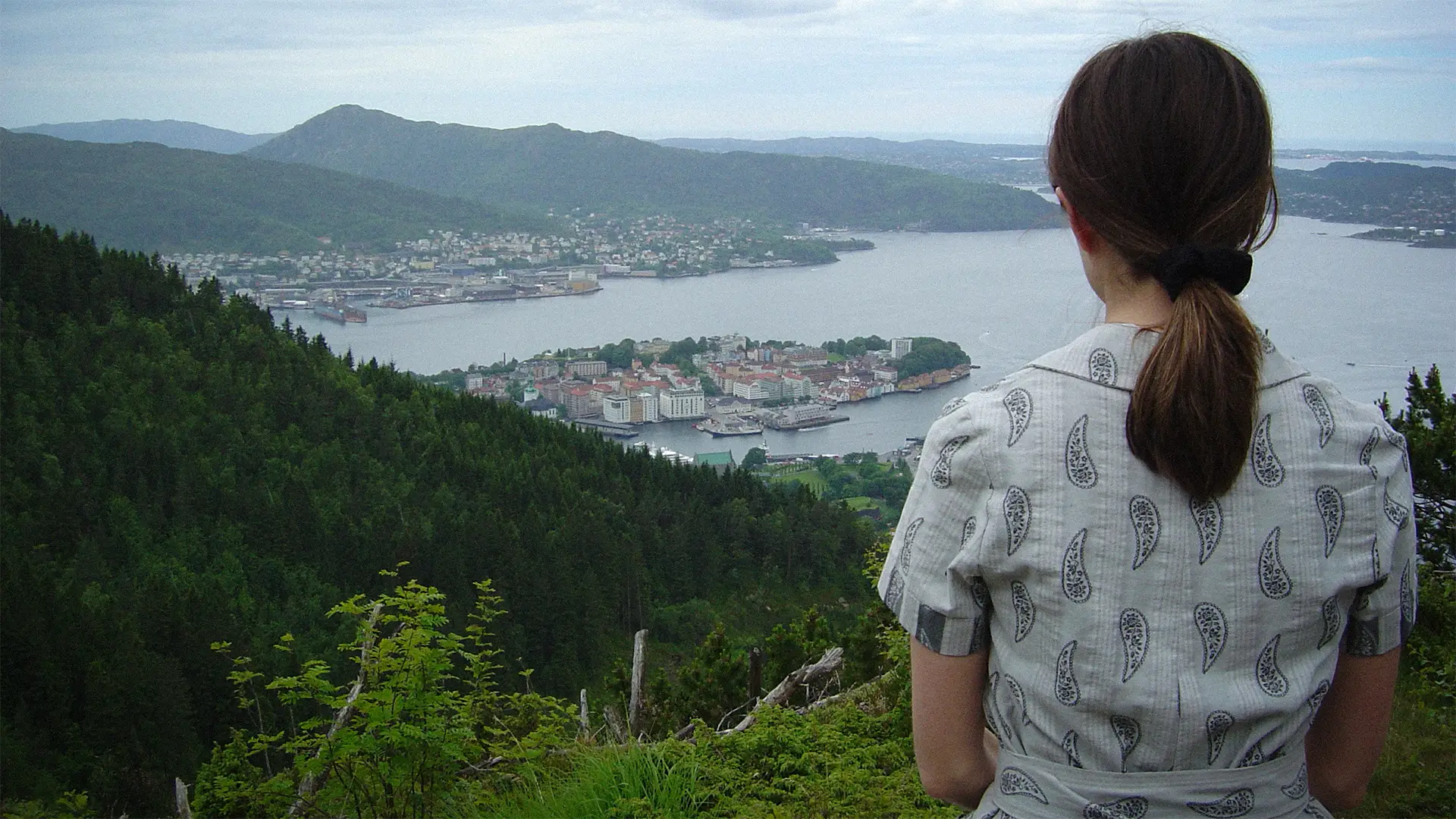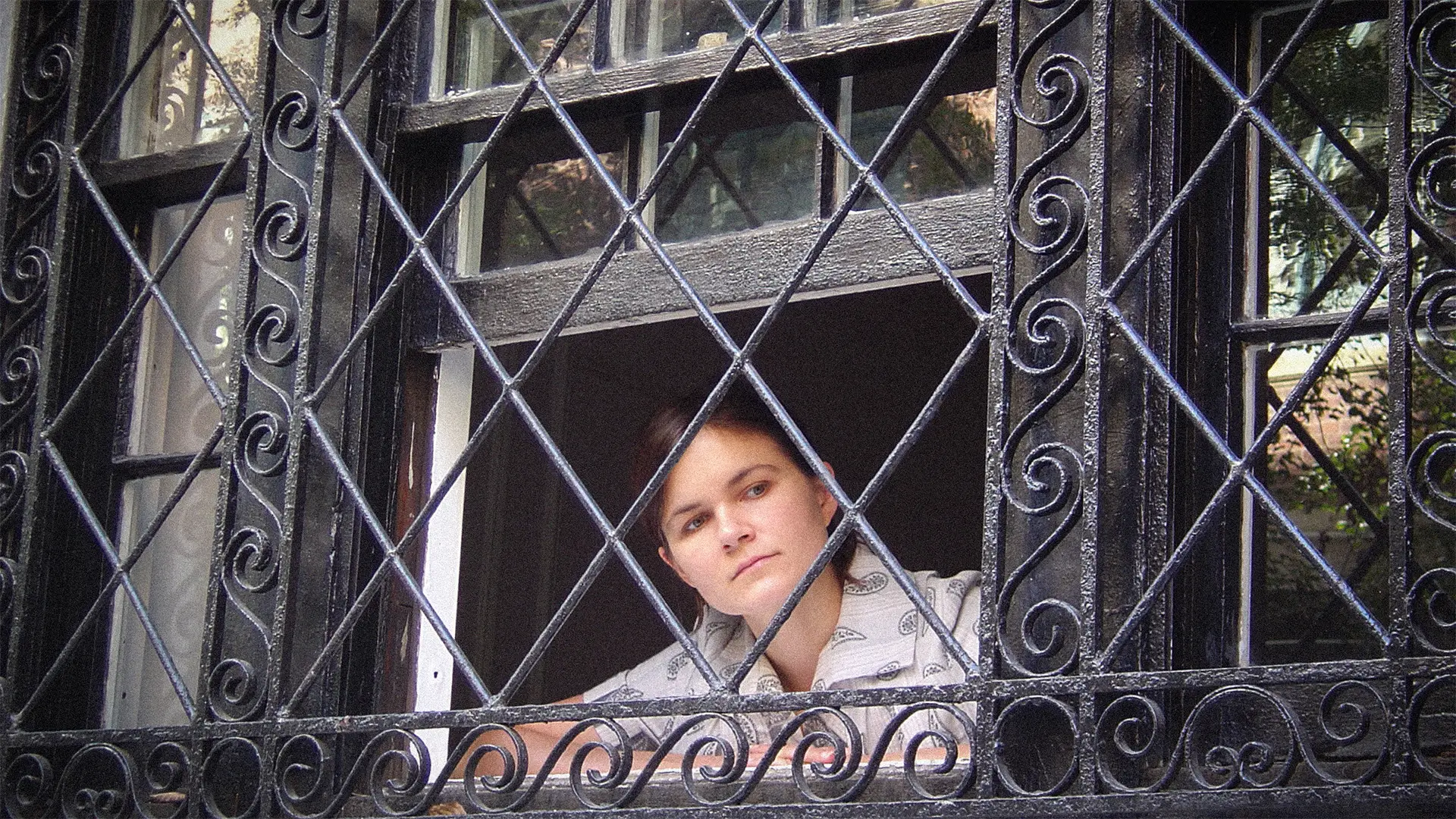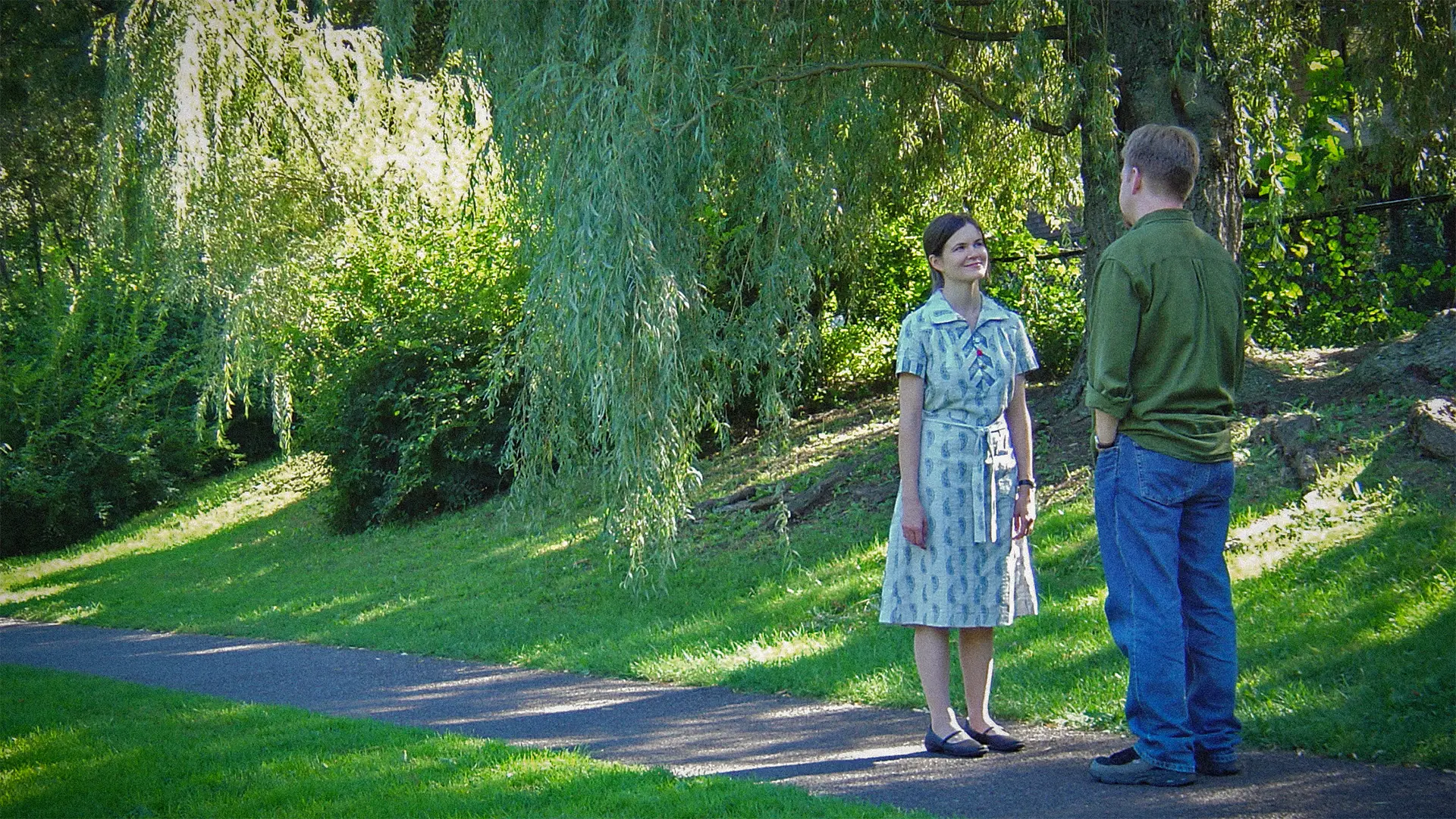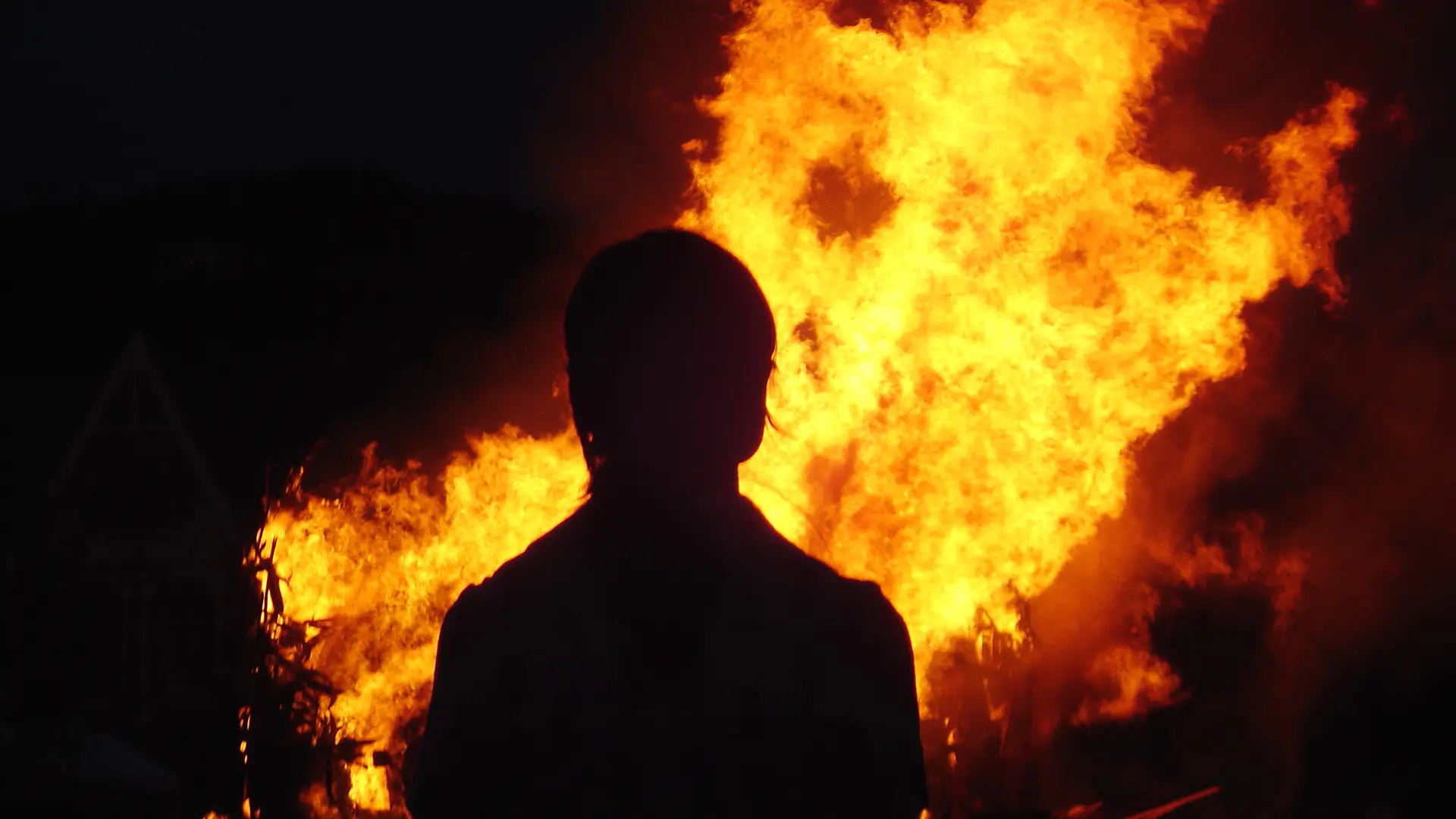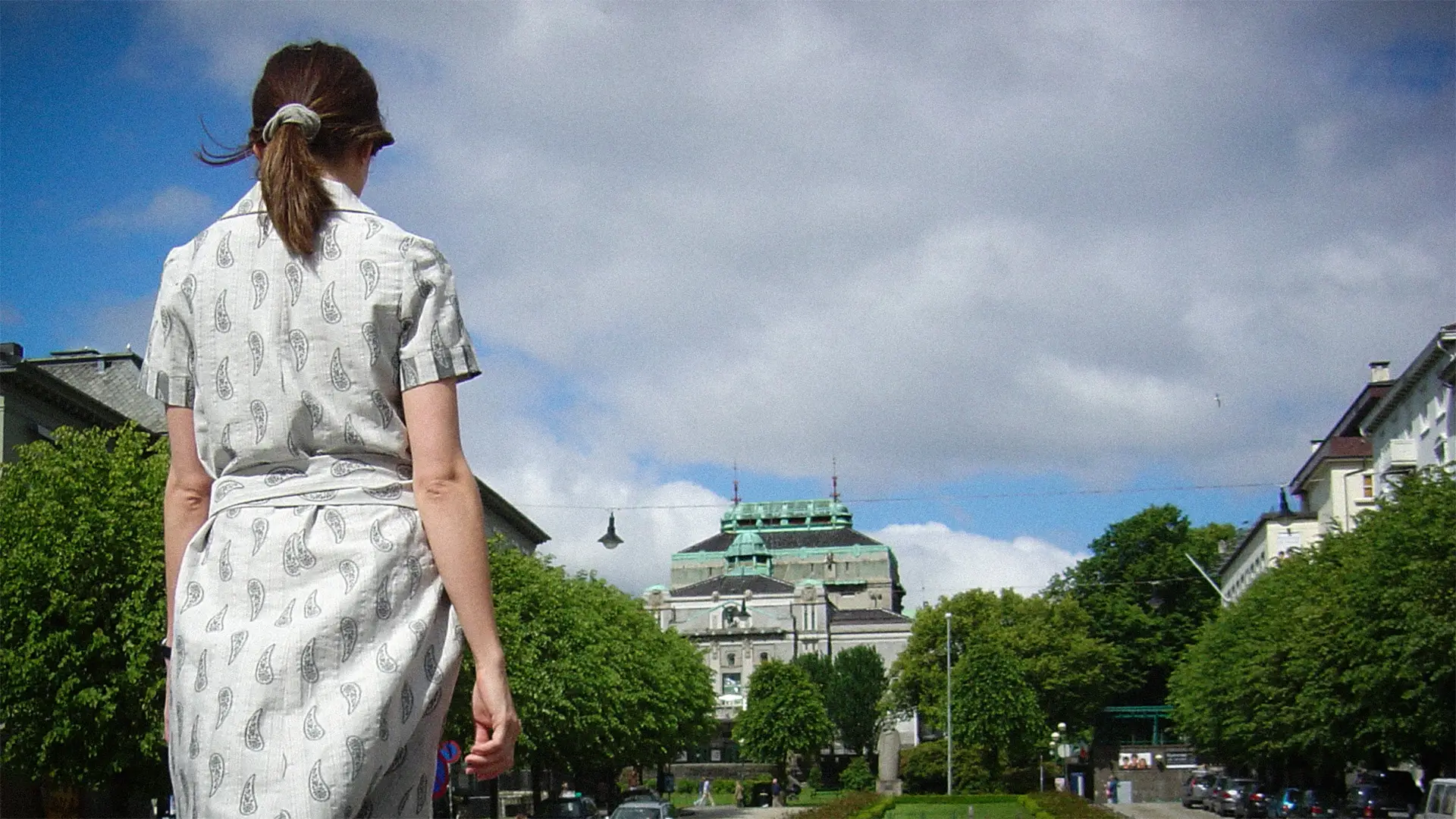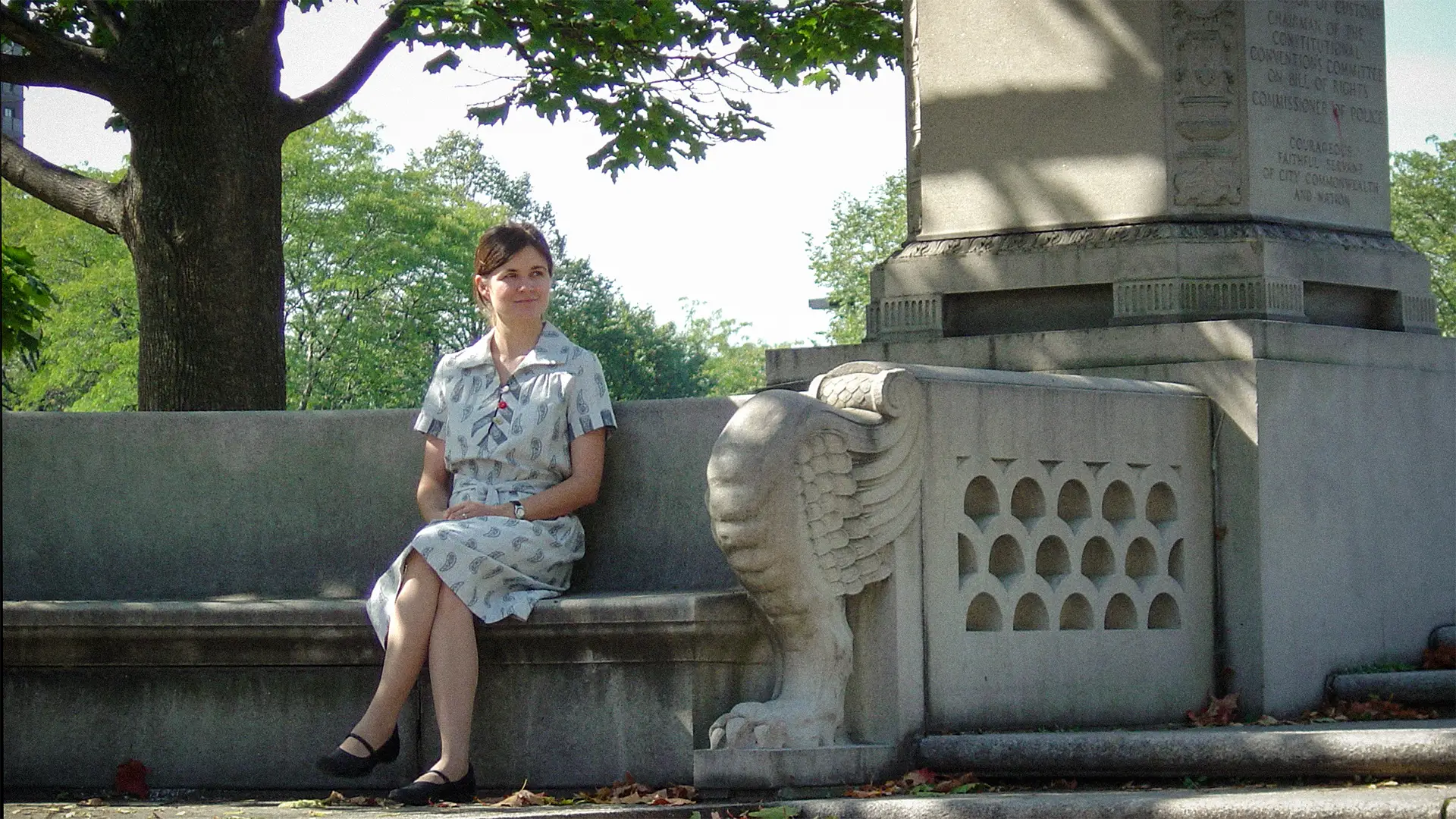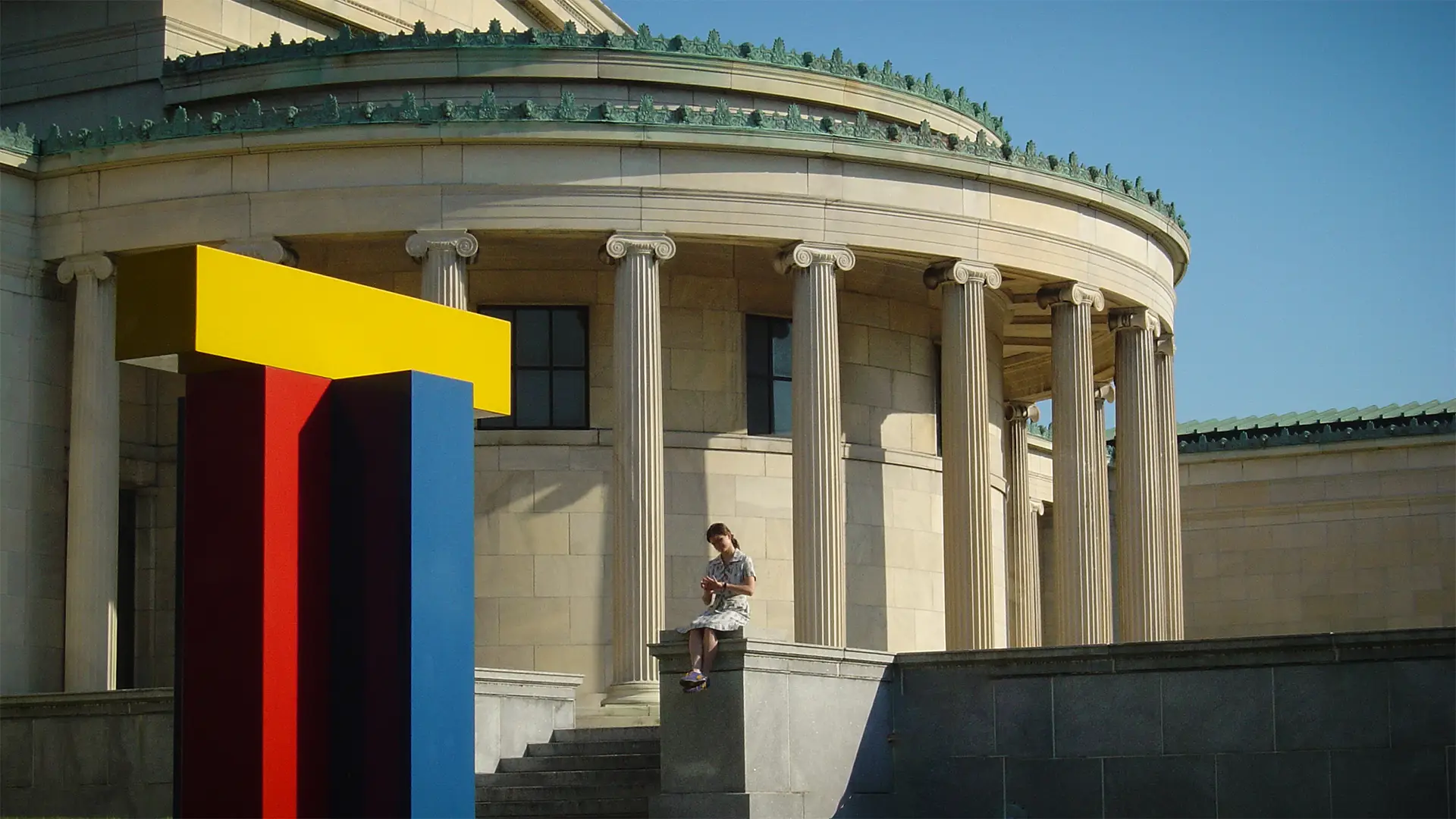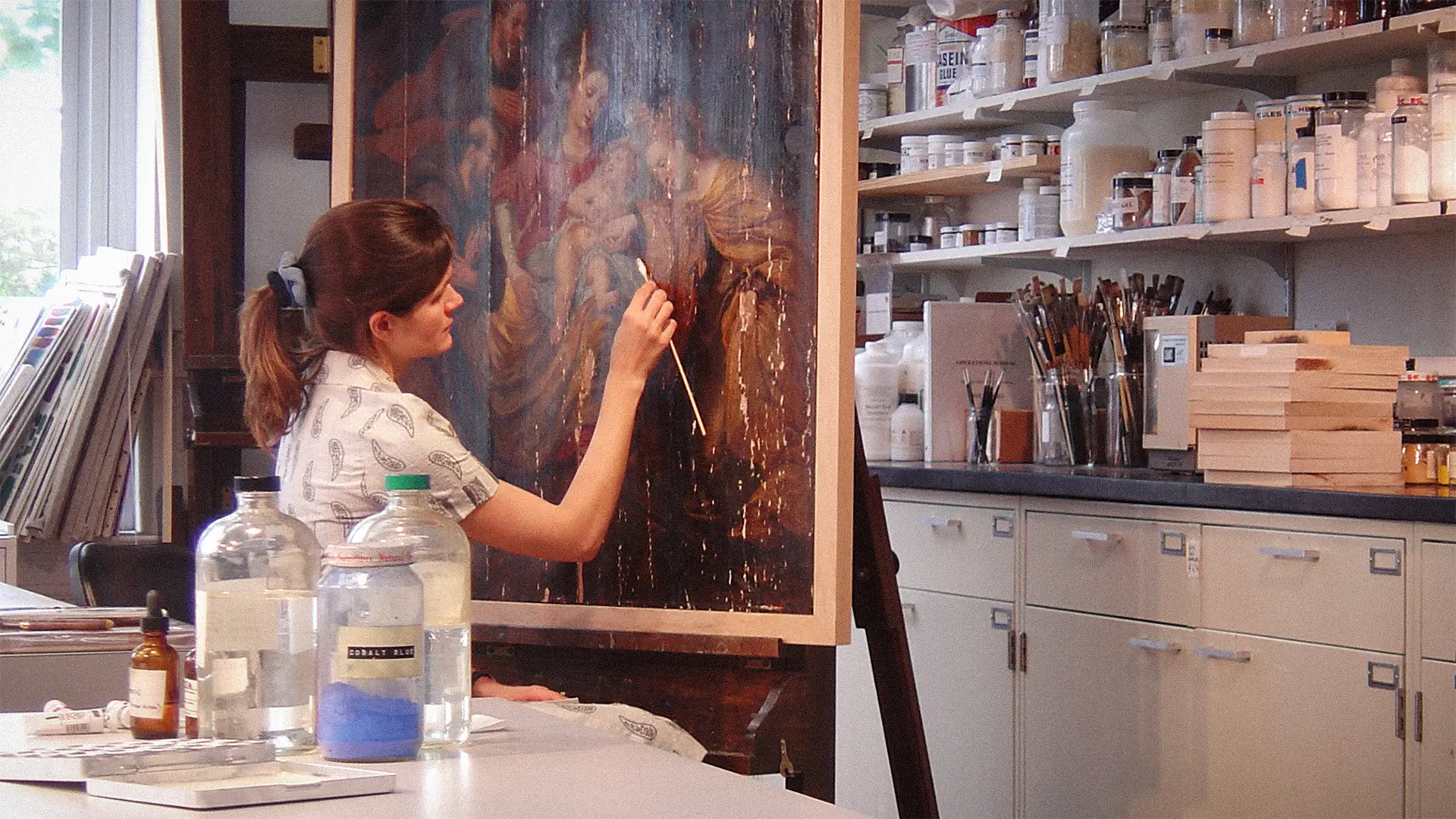2005 . 6 minutes 15 seconds . 16mm
The life and times of an ordinary Norwegian ghost.
“
Film Threat
“Through his beautiful photography, artful editing, and the use of expressive visual and verbal metaphors, Baeumler has created a haunting film portrait of a woman lost in a Nordic fog.”
CREW
David Baeumler – Writer, Director, Camera, Editor
Christopher O’Neil – Music
SELECT SCREENINGS (2006 unless noted)
35th International Film Fest Rotterdam – Rotterdam, The Netherlands
Los Angeles Film Festival – Los Angeles, CA
Mill Valley Film Festival – Mill Valley, CA
35th Festival Du Nouveau Cinema Montreal – Canada
Humboldt International Short Film Festival – Arcata, CA
Filmstock – Luton, UK
Cucalorus – Wilmington, NC
Revelation Film Festival – Perth, Australia
Dubrovnik Film Festival – Dubrovnik, Croatia
Woods Hole Film Festival – Woods Hole, MA
Buffalo Niagara Film Festival – Buffalo, NY (Award: Best Short 2007)
Echo Park Film Center – Los Angeles, CA
REVIEWS
Short Films Matter – July 30, 2024
David Baeumler‘s 2005 experimental film ‘Kuboå’ invites viewers into a surreal journey, where simplicity meets profound complexity. Sandra Kelberlau’s portrayal of the enigmatic protagonist, complemented by Camilla Hole’s haunting narration, crafts an intricate character study that teeters on the edge of light and darkness.
Set against the picturesque backdrop of a Norwegian summer, the film captures the protagonist’s seemingly mundane yet intriguingly quirky life. Her strolls in the park, conversations with a stranger, and introspective musings on her peculiar habits paint a portrait of a woman both boastful and shadowed by unspoken mysteries.
Baeumler’s observationalist cinematography is a masterstroke, with its grainy texture evoking a sense of nostalgia, as if the audience is peering into a different era. This visual style, rich with charm, enhances the film’s surreal and dreamlike quality. Christopher O’Neil’s musical score seamlessly intertwines with the narrative, amplifying the film’s ethereal tone and the protagonist’s emotional landscape.
‘Kuboå’ provokes deep contemplation about its central character. The narration by Hole imbues the protagonist with layers of depth and intrigue, leaving viewers grappling with questions about her true nature. Is she genuinely how she portrays, or is there a darker undercurrent beneath her exterior?
Beyond its visual and narrative mastery, ‘Kuboå’ excels in its experimental approach, challenging conventional storytelling. Baeumler’s film eschews traditional plot structures, opting instead for a more fluid, almost poetic exploration of character and mood. The disjointed yet hypnotic sequences, where reality blurs with the surreal, invite viewers to piece together the protagonist’s fragmented world.
Moreover, the film’s reliance on visual storytelling force audiences to engage more deeply, interpreting the protagonist’s actions and surroundings to uncover hidden meanings. ‘Kuboå’ is a daring piece that pushes boundaries and invites viewers into an introspective journey, making it a remarkable and unforgettable watch.
Film Threat – January 13, 2006 – David Finkelstein
“Kuboå” is a film prose poem about a young Norwegian woman, and her increasingly isolated and unreal state of consciousness. Her voiceover narrative, which runs through the film accompanied by Chris O’Neil’s effectively spacey music, tells of her daily life: speaking to a stranger in the park, painting her house, working at her job as an art restorer. But these daily details all contain strange, disorientingly surrealist details: she speaks to a strange man in the park as if she already knows all about his life, and he replies in kind. She changes the color of her house “to match her shoes.” The writing is full of poetic touches: “The seven mountains have closed their eyes.”
We see the woman wandering around her small Norwegian city in late summer, taking pleasure in simple things such as touching the grass or watching the birds and the people. But, at odd moments throughout the film, she becomes transparent like a ghost, or disappears altogether. (Sometimes it is the things she watches, such as the birds, which fade out.) When she talks with the strange man in the park, in her narrative she claims that it is the man who disappears (evidently the encounter is a part of her rich fantasy life), but, on the screen, it is she who fades out and becomes unreal. Likewise, at the end of the film, she muses that “it is strange that I miss the people” but it is again she who is disappearing rather than the others.
This visual leitmotif of the woman fading out is extremely effective in creating an overall mood of a tenuous, depressed existence, of a world constantly being derealized. It is as if the woman is sinking into a depression or a kind of mental illness which creates a wall of noise around her, so that the real world appears as if seen through water or thick glass; hard to see and hard to hear but still attractive, just not fully real.
Baeumler’s inspiration for the film came partly from time he spent living in Norway and partly from novelist Knut Hamsun. The title comes from Hamsun’s “Hunger,” but it is a made up word, referring in the novel to an inexpressible inner state. Baeumler’s writing has the simple clear style of a surrealist prose poem, filled with details which are just slightly off-kilter, but which hint at vast subterranean realms of unknowable strangeness. The woman remarks of her job as an art restorer: “Every one who works protects the world from their true power.” This suggests the rage and frustration which she is keeping under wraps, contributing to her sense of increasing disconnectedness.
Sandra Kelberlau, as the woman, has an apologetic smile, with an extremely unsettling undertone of mental disassociation, which is what gives the film its power for me. Towards the film’s end, she tells about a game that she plays with herself in which she imagines having a husband who is always disappearing around the corner in her house, and how she uses this idea to manipulate her sense of the passage of time. These details give a vivid sense of her inner life.
The film ends with images of ships leaving the harbor, rain returning, and a huge bonfire near the waterfront, a traditional way of marking summer’s end. This powerful ending gives the feeling that she is sinking further and further into her isolated mental state. There is also a cyclic feeling, as if arctic day is turning into arctic night.
Through his beautiful photography, artful editing, and the use of expressive visual and verbal metaphors, Baeumler has created a haunting film portrait of a woman lost in a Nordic fog.

